
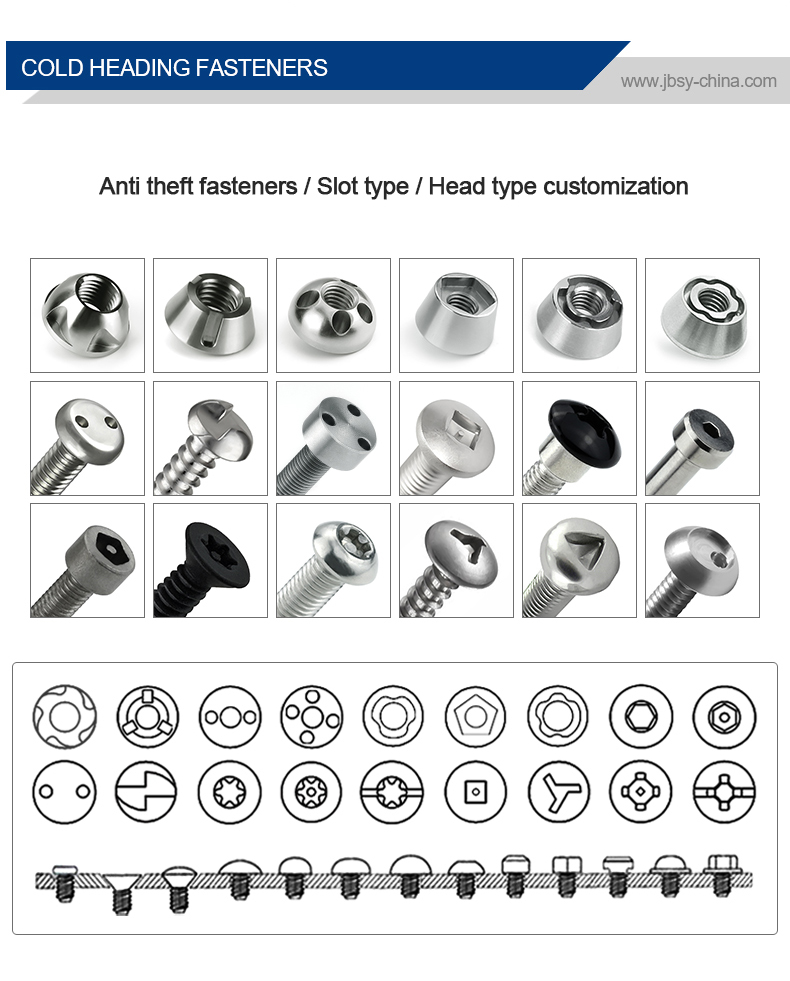
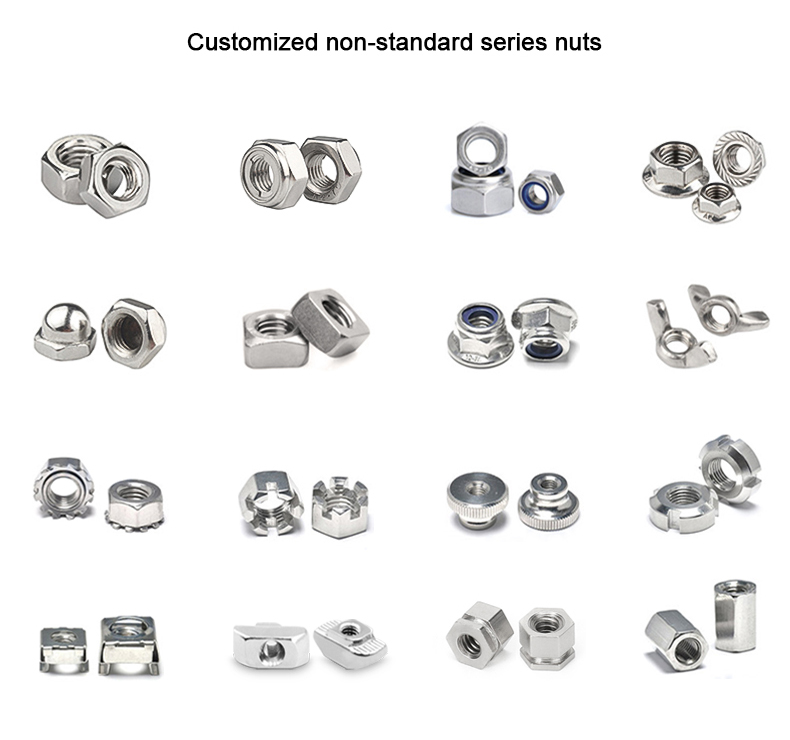
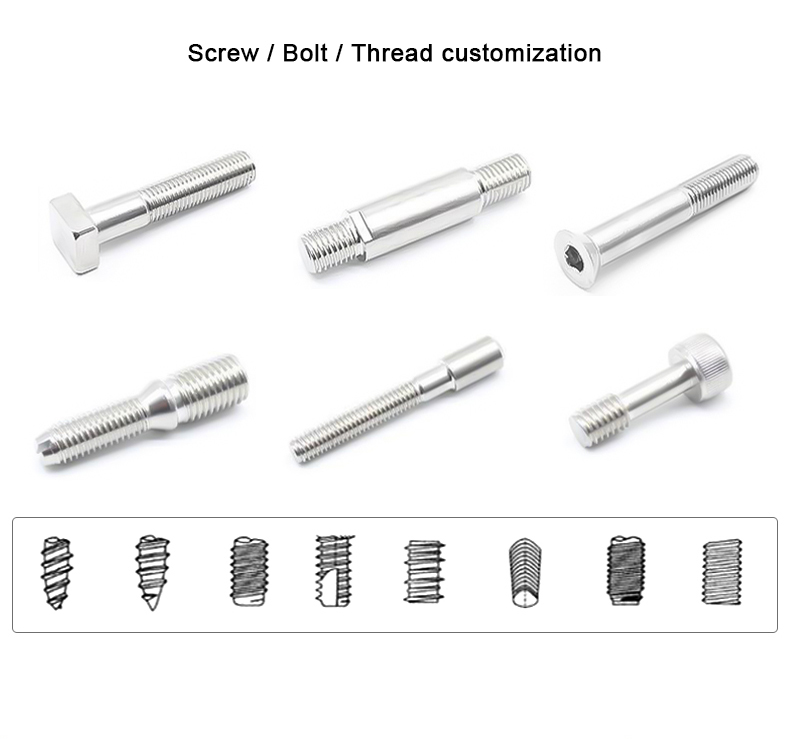
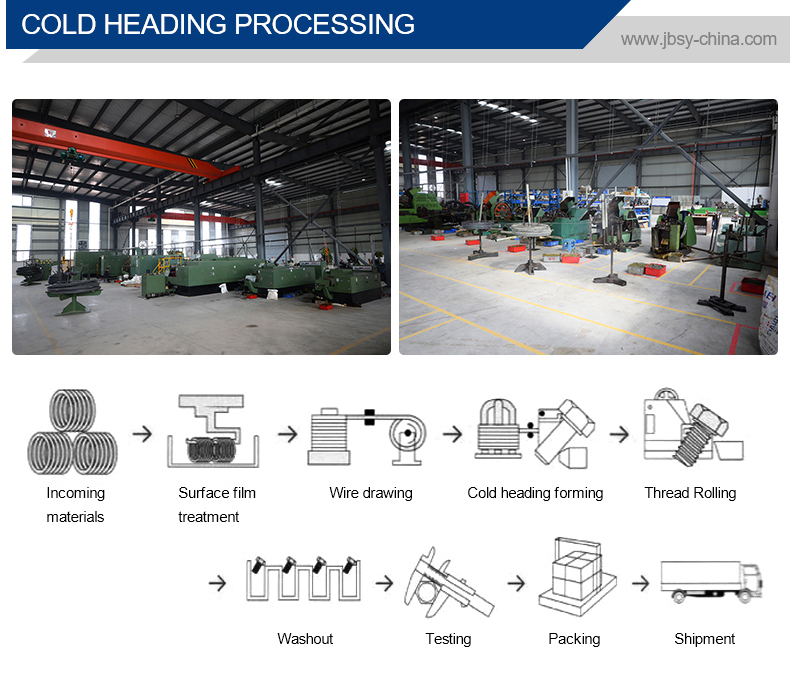
El proceso de estampado en frío es uno de los nuevos procesos de mecanizado a presión de menor o ningún corte
metal. Es un método de transformación que utiliza la deformación plástica del metal bajo la acción de
fuerzas externas y, con ayuda de moldes, redistribuye y transfiere el volumen de metal para formar
las piezas o formatos necesarios. El proceso de estampación en frío es el más adecuado para producir piezas estándar.
elementos de fijación como pernos, tornillos, tuercas, remaches, pasadores, etc.
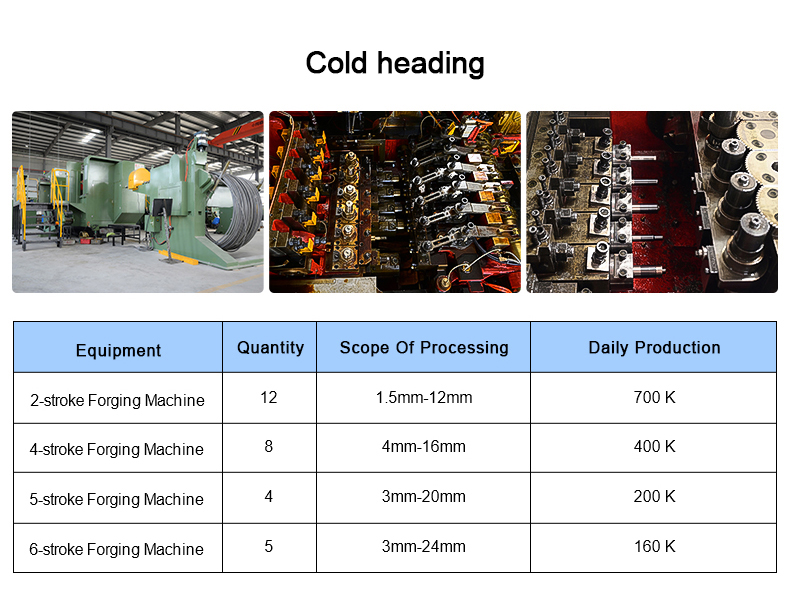
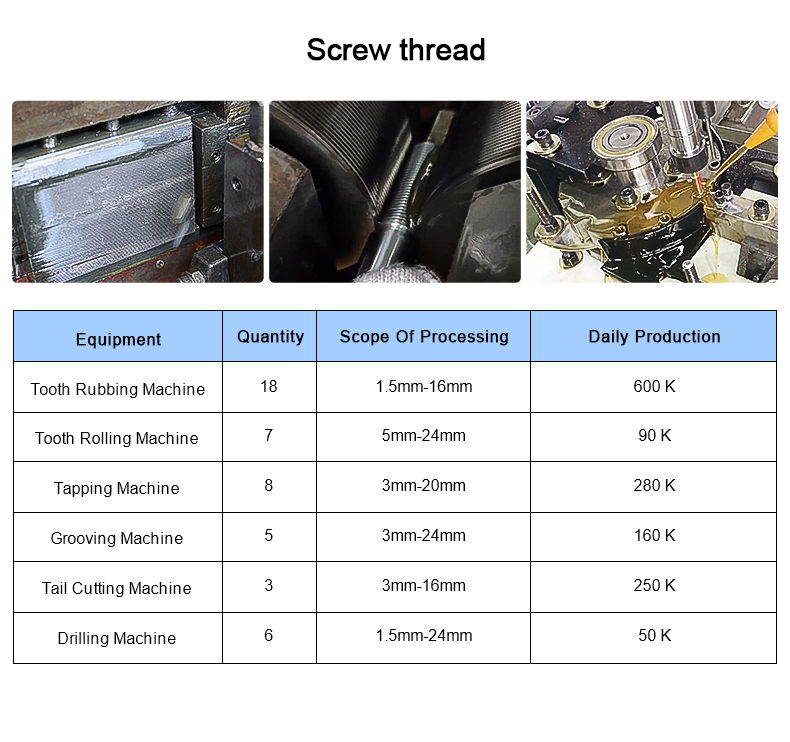
He aquí una descripción general estructurada de pernos de seguridad con galvanoplastia amarilla:
1. Definición y finalidad
-
Pernos de seguridad: Sujetadores diseñados con orificios o muescas para permitir el enhebrado del cable de seguridad, evitando que se aflojen por vibración o rotación.
-
Galvanoplastia amarilla: Tratamiento superficial que proporciona resistencia a la corrosión, atractivo estético y visibilidad (a menudo para identificación o marcado de seguridad).
2. Proceso de galvanoplastia (amarillo)
-
Material de base: Normalmente acero, acero inoxidable o titanio.
-
Capa de revestimiento:
-
Capa de fondo: A menudo galvanizado con zinc o cadmio para resistir a la corrosión.
-
Capa de acabado: Recubrimiento de conversión de cromato amarillo (para el zinc) o tinte/pintura amarilla (por ejemplo, aleación de zinc-níquel con pasivación amarilla).
-
-
Normas: Conforme a ASTM B633 (cincado), MIL-DTL-45204 (cadmio) o AMS 2468 (cromato amarillo).
- Perno de seguridad galvanizado amarillo
3. Características principales
-
Resistencia a la corrosión: La capa de cromato amarillo mejora la protección contra la oxidación.
-
Alta visibilidad: El color amarillo brillante facilita la inspección rápida en maquinaria o aplicaciones aeroespaciales.
-
Durabilidad: Resiste entornos difíciles (por ejemplo, automoción, náutica o aeroespacial).
4. Aplicaciones
-
Aeroespacial: Componentes del motor, tren de aterrizaje.
-
Automoción: Zonas de alta vibración (por ejemplo, coches de carreras, motocicletas).
-
Maquinaria industrial: Uniones atornilladas críticas sometidas a cargas dinámicas.
5. Compatibilidad del cable de seguridad
-
Los orificios pretaladrados o las ranuras para cables admiten cables de seguridad de acero inoxidable (por ejemplo, de 0,032″ de diámetro).
-
La envoltura del cable sigue las normas ANSI/MSNAS para garantizar un cierre seguro.
- Perno de seguridad galvanizado amarillo
6. Ventajas
-
Resistencia a las vibraciones: Evita que se aflojen los tornillos.
-
Protección química: La galvanoplastia protege contra la oxidación.
-
Codificación por colores: El color amarillo puede indicar requisitos específicos de par o mantenimiento.
7. Limitaciones
-
Sensibilidad a la temperatura: Algunos colorantes amarillos se degradan a altas temperaturas (>250°C).
-
Póngase: El revestimiento puede desgastarse por fricción; los lubricantes o revestimientos adicionales (por ejemplo, PTFE) pueden ayudar.
8. Cumplimiento y certificaciones
-
ASTM/SAE: Normas de espesor/adherencia del revestimiento.
-
RoHS/REACH: Cumplimiento de las restricciones sobre sustancias peligrosas.
9. Mantenimiento
-
Inspecciones periódicas para comprobar el desgaste del chapado o la integridad del alambre.
-
Evite los limpiadores abrasivos para conservar el acabado amarillo.
- Perno de seguridad galvanizado amarillo
10. Especificaciones comunes
-
Hilo Normas: UNC/UNF, MÉTRICO.
-
Grados: Clase 8.8, 10.9 (acero); A2/A4 (inoxidable).
Esta descripción garantiza la claridad de la documentación técnica, las adquisiciones o las aplicaciones de ingeniería. Si necesita más información sobre normas o métodos de ensayo específicos, póngase en contacto conmigo.
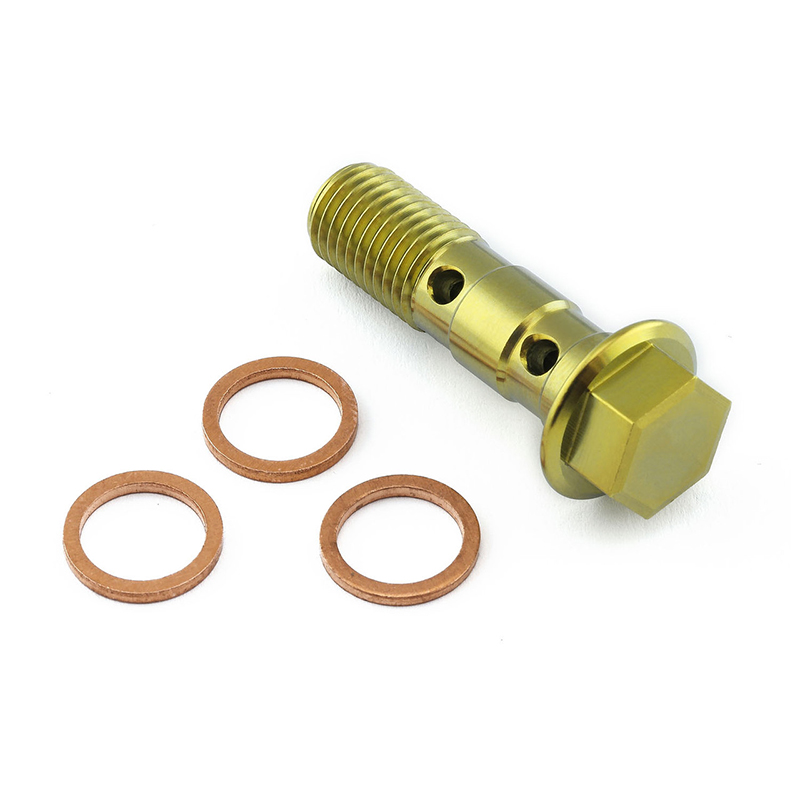

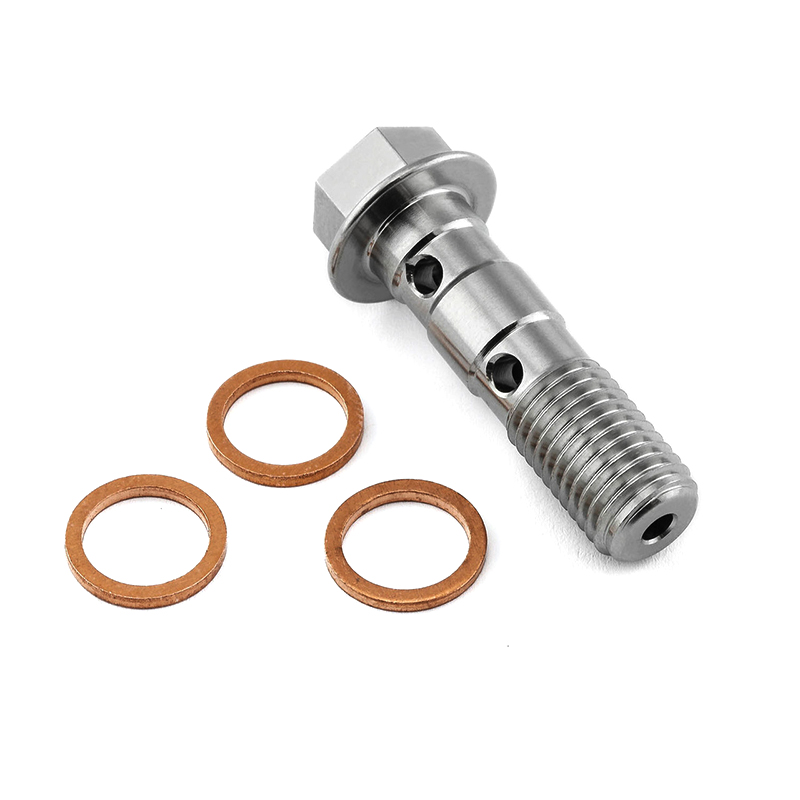
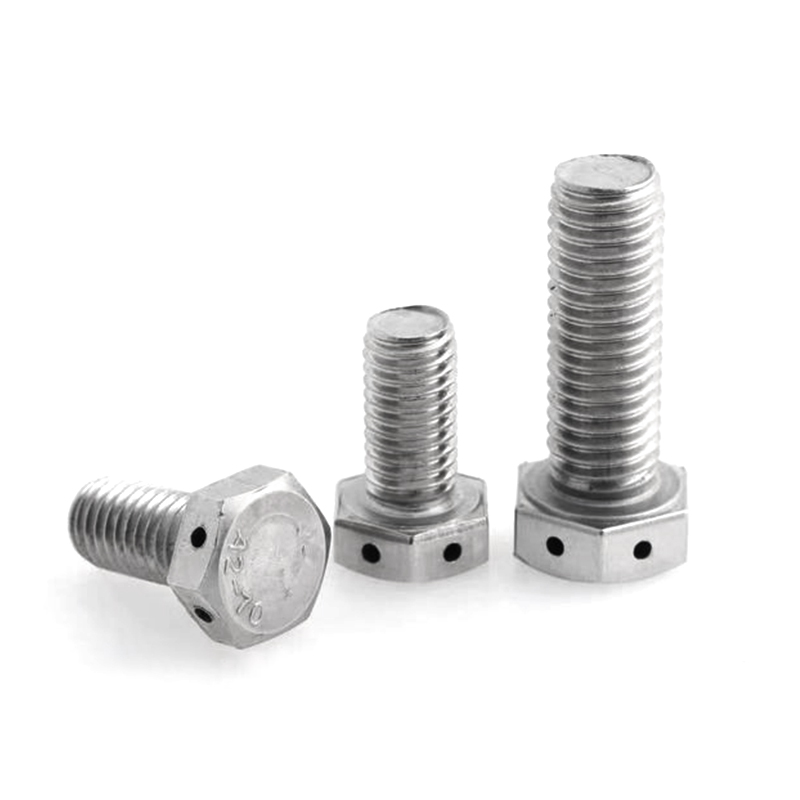
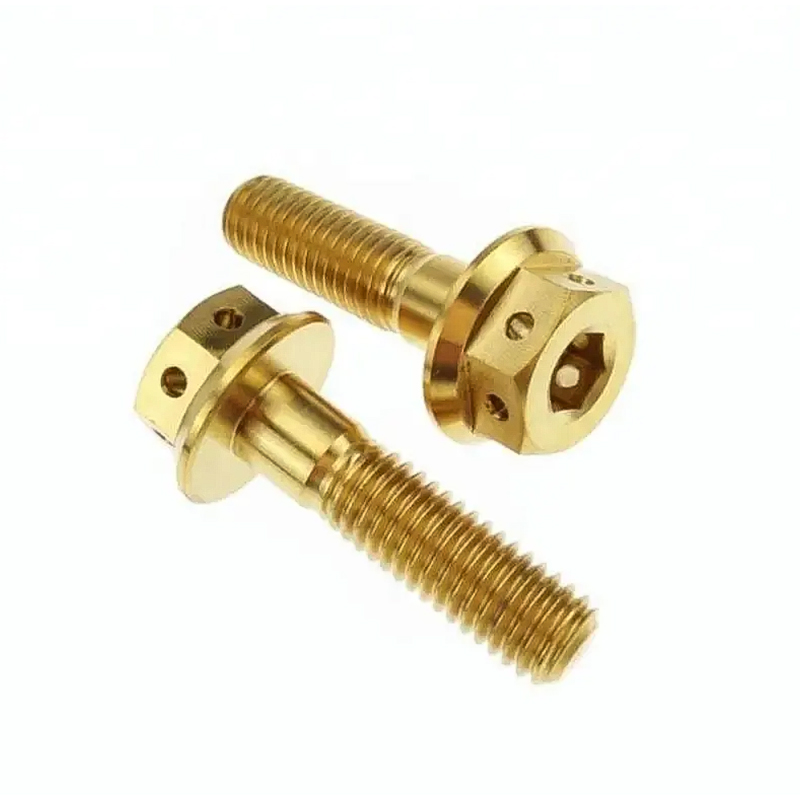
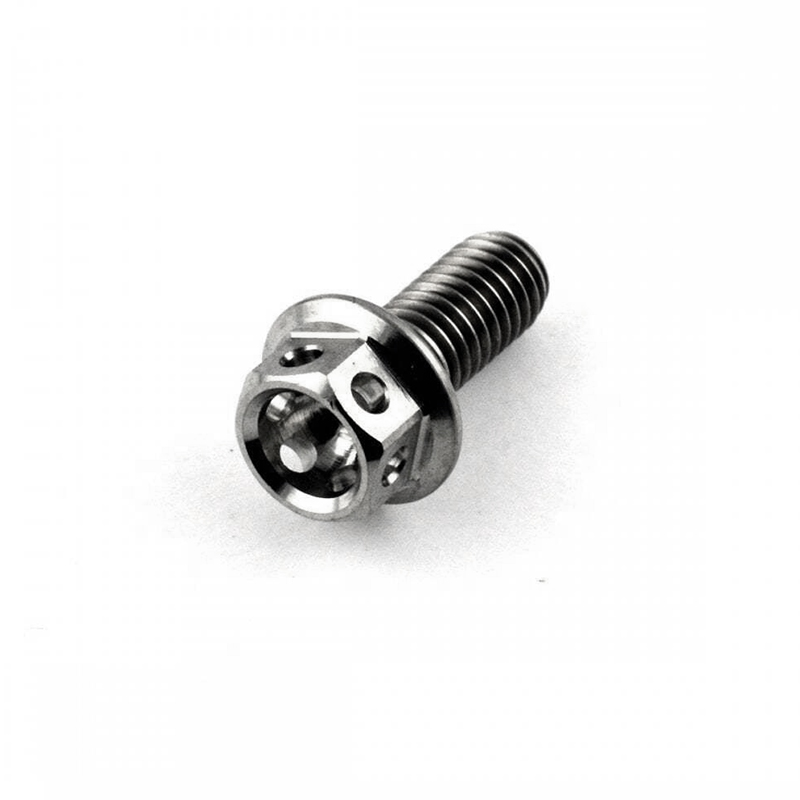

Valoraciones
No hay valoraciones aún.